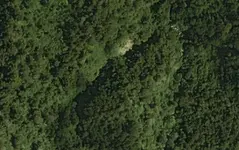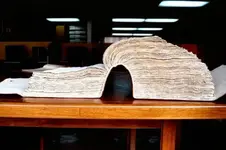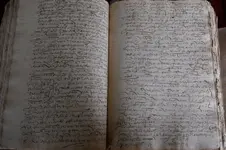Here is picture of Tarama Estaupian with book in Archives of Quito.
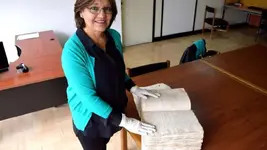
The telegraph newspaper rep on the find below.
This is an absolutely important find for the history of Ecuador's archeology and for the (Andean) region," said Patrimony Minister Maria Fernanda Espinosa, speaking of the ruins found by Ecuadoran historian Tamara Estupinan.
The Inca empire, in the 1400s and early 1500s, spanned much of South America's Andean region, over 1,000 miles (1,600 kilometers), from modern-day Bolivia and Peru to Argentina, Chile, Ecuador and Colombia. It included dozens of ethnic groups with different languages, cities, temples, farming terraces and fortresses.
Atahualpa was the last of his dynasty. During the Spanish conquest he was taken captive in what is now Cajamarca, Peru.
He had been pressed to convert to Christianity and then the Spanish executed him by strangulation, then after his death in 1533, the empire began to fall apart.
This year Ecuador's state Cultural Patrimony Institute will start work on a promising archeological site, and Estupinan will be front and center to raise the curtain on a massive complex sprawling over a ridge at 1,020 meters.
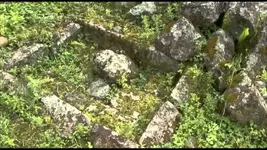
It was back in June 2010 that Estupinan, now a researcher with the French Institute for Andean Studies (IFEA), found what she describes as an "Inca archeological site" high on the Andes' eastern flank amid plunging canyons. Nearby are a small local farm and a facility for raising fighting cocks.
But in the area called Sigchos, about 45 miles south of Quito, up on a hill dotted with brush, there is more - much more: she found a complex of walls, aqueducts and stonework that lie inside the Machay rural retreat. Machay means burial in the Quechua language.
"This is a late imperial design Inca monument that leads to several rectangular rooms that were built with cut polished stone set around a trapezoidal plaza," Estupinan explained to AFP.
Archeologist Tamara Bray, of Wayne State University in Michigan, and a colleague of Estupinan, confirmed that the site boasts "an Inca edifice that is phenomenally well preserved and quite important scientifically."
Inside the facility, a walled walkway starts at the Machay River and one can see the shape of an "ushno", essentially stairs that form a pyramid believed to be the (capac's) emperor's throne. Meanwhile a tiny cut channel of water would spout out a small waterfall nicknamed "the Inca's bath".
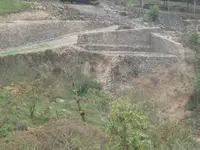
The director at the Lima-based IFEA, Georges Lomne, said the find appears to confirm that the Incas were active and present in a lowland area well outside what their best-known area of operations were: Andean highlands.
"Malqui-Machay is part of a broader complex that also would have included the Quilotoa lagoon and the area called Pujili (Cotopaxi)," he explained.
"All of this belonged to Atahualpa. It was his personal fiefdom in the way that French (and other) kings had royal domains," Lomne added.
Bray also stressed that "very few such Inca sites have been found in this type of tropical lowland. I think that the Incas used it as a sort of getaway."
Estupinan has some more specific ideas.
She believes Malqui-Machay is Atahualpa's final resting place. The tomb of the last capac (emperor) of Tahuantinsuyo, the trans-Andean empire.
While many experts have other theories, Estupinan believes that when Atahualpa was killed his remains could have been brought by his most loyal man, Ruminahui, to Sigchos for burial, to a place where Ruminahui based his fight for survival against the European intruders.
If this site is ultimately proven to be true then it challeges other theories that Atahalphas tomb is some where in the Llangantis?
Kanacki



